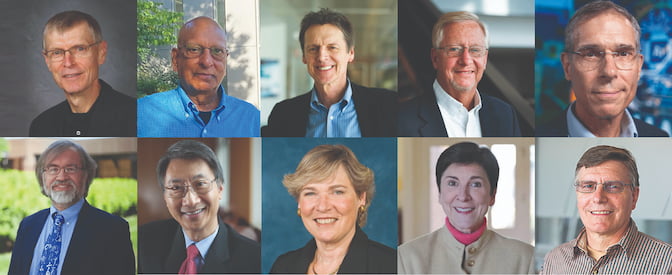
Celebrating 2024-25 retirees
Please join us in congratulating the cohort of Michigan Engineering emeritus faculty who retired between March 2024 and February 2025. May your next chapter be as awe-inspiring as your last.

Please join us in congratulating the cohort of Michigan Engineering emeritus faculty who retired between March 2024 and February 2025. May your next chapter be as awe-inspiring as your last.
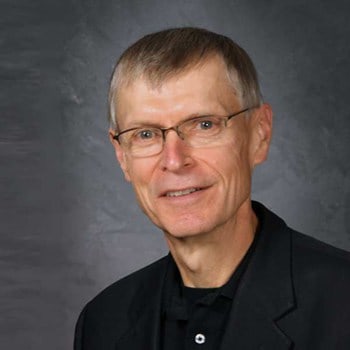
Armstrong’s research focused on work design for the prevention of musculoskeletal disorders. He conducted laboratory and field studies of biomechanical factors related to muscle, tendon, and nerve disorders, such as carpal tunnel syndrome and hand/wrist tendonitis. He has received numerous awards for his commitment to worker health and safety.
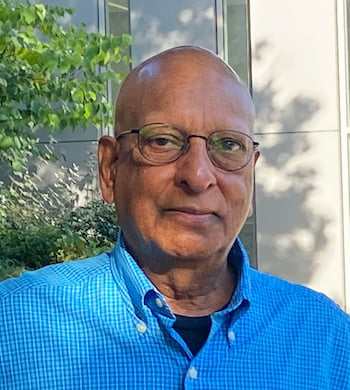
Atreya is a leader in the origin and evolution of planetary and satellite atmospheres, climate evolution of Venus and Mars and astrobiology. He also served on numerous committees, including the Senate Advisory Committee on Academic Affairs, Rackham, CLASP graduate chair, and the CLASP Executive Committee.
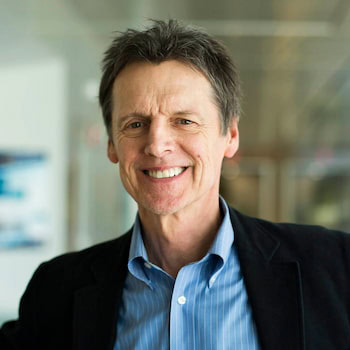
Downar’s research focused on computational nuclear reactor physics with a focus on fuel management, multiphysics simulation and neutronics. He was responsible for the development and maintenance of the U.S. Nuclear Regulatory Commission’s advanced reactor core simulator (PARCS).
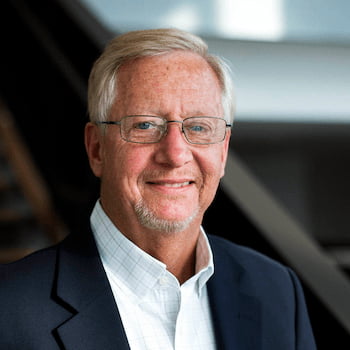
Driscoll’s research focused on experimental studies of fluid mechanics, fluid mixing and turbulent combustion using laser imaging diagnostics. His studies were the first to quantify supersonic fuel-air mixing. His fundamental fluid mixing measurements were used to assist in development of improved numerical simulations of fuel-air mixing in turbofan and scramjet engines for aerospace vehicles.
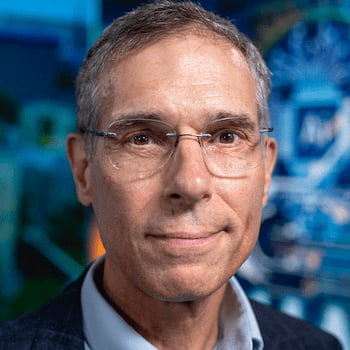
Hopp’s teaching and research focused on the design, control and management of operations, with emphasis on manufacturing and supply chain systems, innovation processes and health care systems. He was elected to the National Academy of Engineering in 2014 and won best teacher awards at both Northwestern University and U-M.
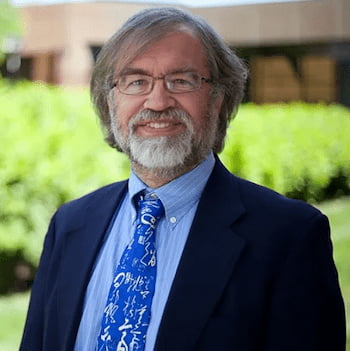
Kuipers is a pioneer in artificial intelligence whose innovations include robot exploration and mapping methods and robotic models of developmental learning. He helped establish the U-M Robotics Institute, which later became the Robotics Department. He was also an early and leading voice on the topic of ethics in artificial intelligence and robotics.
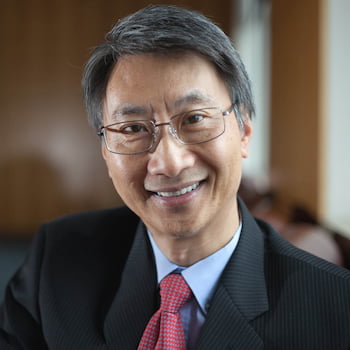
Li led the world in research into bendable concrete and the enhancement of the resilience and sustainability of civil infrastructures. He was the first to create a micromechanics design basis of damage-tolerant composites with the ability to self-heal. His research has impacted the building, transportation, energy and water industries in Asia, Europe and the United States.
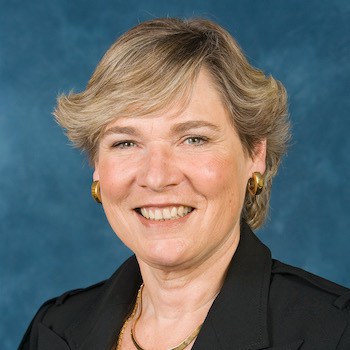
Penner’s research interests focus on climate modeling, specifically the representation of aerosols in global climate models. She has contributed to multiple reports from the Intergovernmental Panel on Climate Change, which was awarded the 2007 Nobel Peace Prize for its series of assessment reports.
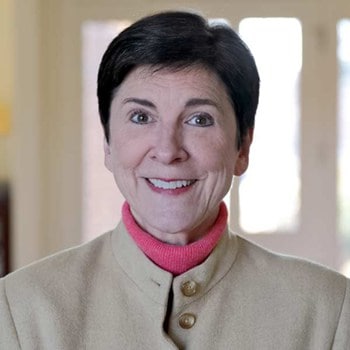
Sarter’s research focused on supporting safe and effective human-machine interaction and human-autonomy teaming by studying performance effects of system complexity, operator trust in (semi)autonomous systems, multimodal display design, interruption management, and the design of decision aids for high-tempo operations. She was elected to the National Academy of Engineering in 2019.
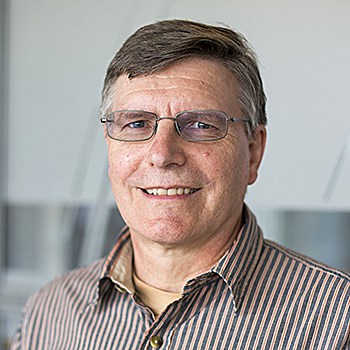
Schwank’s research interests include heterogeneous catalysis, sensor development, and the invention of new energy storage materials. He is committed to addressing global issues in food, energy and water security in resource-scarce settings, uniting students and faculty in solving real-world challenges.